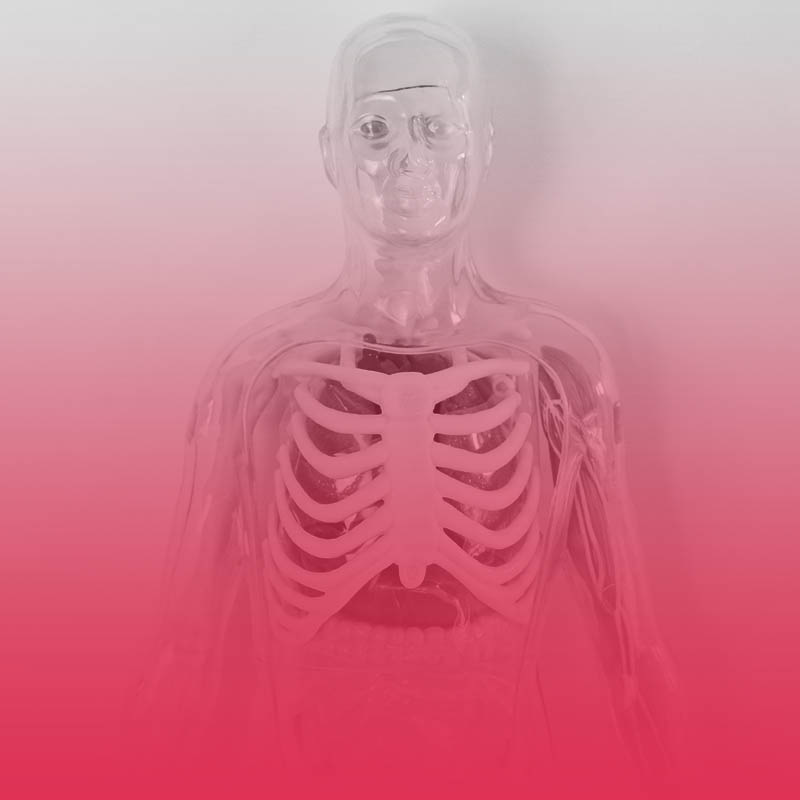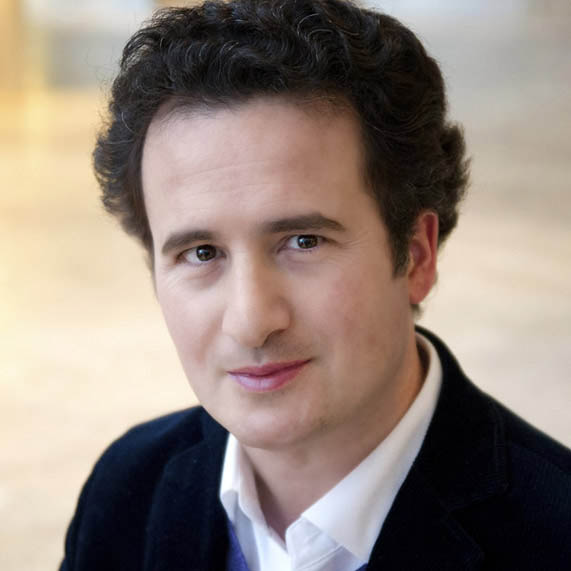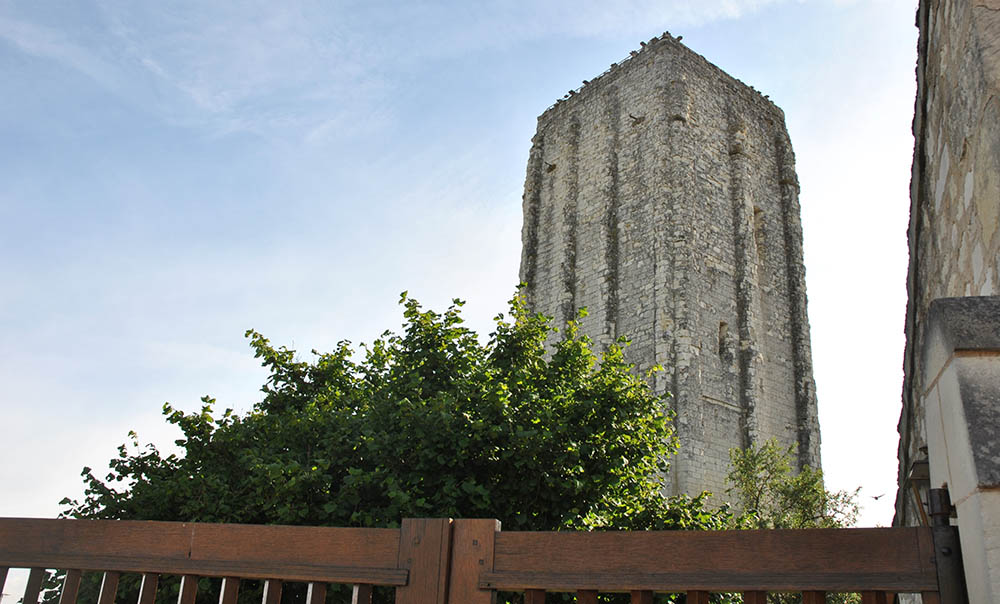Research Report: 2020
▼ Choose a report:

Powered by Research & Graduate Studies

Powered by Arts and Social Science

Powered by Fine Arts

Powered by Science and the Environment


Edwin Bezzina, Associate Professor
The research of Dr. Edwin Bezzina of Grenfell's School of Arts and Science examines relations between Protestant and Catholic families from ca.1560 to ca.1640 in the provincial capital of Loudun, France.
The study aims to investigate the life of these families during the French Wars of Religion (1562-98), and during the fragile peace that was established later by the Edict of Nantes in 1598 to about 1640. That Edict returned France brought stability after four decades of religious civil war and granted an albeit unequal distribution of civil and religious rights to Catholics and Protestants in the kingdom. However, those first four decades of the seventeenth century were also a period of Catholic resurgence as the royal government became increasingly hostile towards its Protestant minority.
"My project explores the possibilities for religious accommodation between Protestants and Catholics at the local level during a period of intense conflict but also a period of postwar reconstruction and mounting persecution of the religious minority," said Dr. Bezzina.
Dr. Bezzina uses a large Microsoft Access database, working primarily with notarial documents (marriage contracts, testaments, family estate settlements, commercial contracts, etc.) and parish records (baptisms, marriages, and burials). These documents provide details about Loudun's families: their adherence to a particular Christian denomination, their socio-economic position, their financial relations with members inside and outside their denomination, and the effects of demographic change.

The Tour Carrée from Loudun: The tower was part of the fortifications, the source and site of Protestant-Catholic conflict in the period that is the subject of Dr. Bezzina's work.
He said Loudun's archival documentation is abundant, particularly pertaining to notarized family documents. Loudun was also a sizeable provincial capital endowed with an impressive system of fortifications as well as important administrative, judicial, and tax-collecting institutions. For that reason, it was the site of significant political struggles. Demographically, the Protestant and Catholic communities were almost equal in size at the beginning of the 17th century, although the Protestant minority represented an influential community in the town.
Dr. Bezzina's plan is to produce a book on the subject, which is partially in draft manuscript. He is currently doing more record linkage work with the families and residential patterns before proceeding to the next phase of writing.